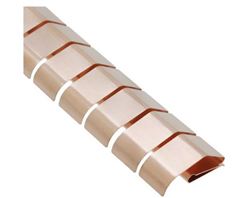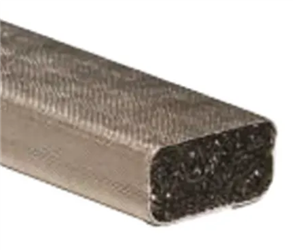Should blanking panels utilized with 19" racks be earth bonded? While every other metallic component in the equipment rack I am using has the capacity for, or is inherently earth bonded, the 3U blanking panels are not. they have no earthing studs and the paint on the panels prevents the mounting screw from making contact with the material.
Is there some exemption for them or am I missing some guidance on installation practice?
Thank you
 or for higher frequencies still,
or for higher frequencies still, 